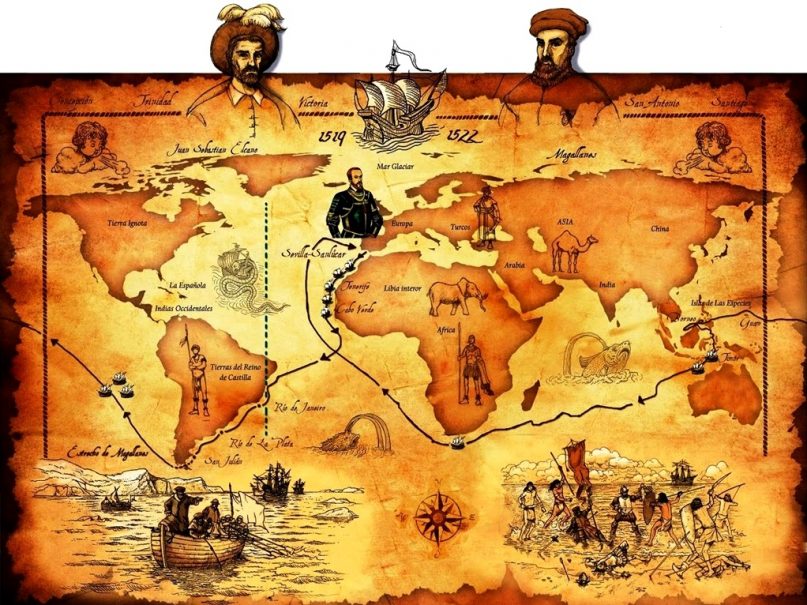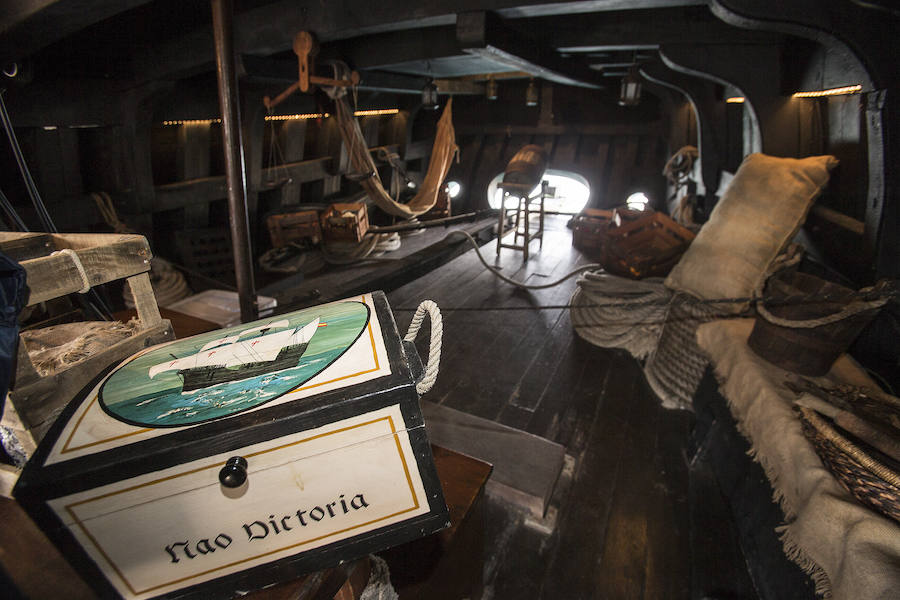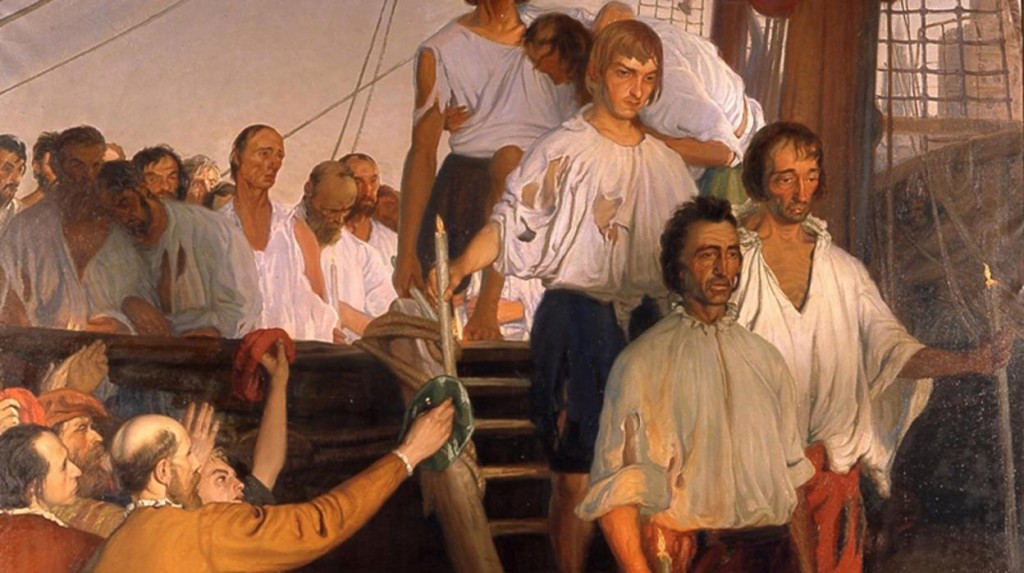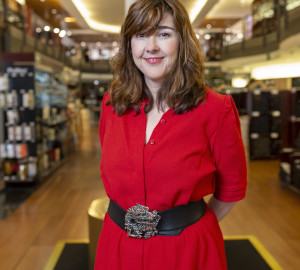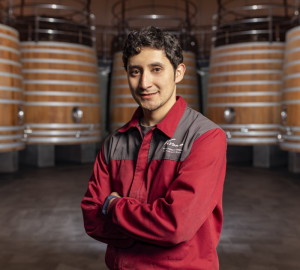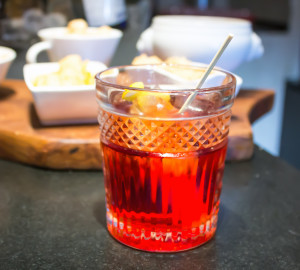This year we have commemorated two anniversaries that are full of adventure, sacrifice and, above all, that changed the world as it was known at the time: 500 years since the first round-the-world voyage and 50 years since the arrival of man on the moon. Moreover, both were promoted by a power in full dispute with its direct rival of the time for world leadership: Spain and Portugal for dominance of the spice route, and the USA and the USSR for who dominated space. And as we have already talked about when wine was drunk on the moontoday we will drink wine with the adventurers of the "Primus circumdedisti me"("You were the first to sail round the world"), which appears on Juan Sebastián Elcano's coat of arms.
But your High Majesty will know that what we have to esteem and hold most dear is that we have discovered and rounded the whole roundness of the world, going by the west and coming from the east.
This is how Juan Sebastián Elcano describes his exploit in a letter to the king written on 6 September from Sanlúcar de Barrameda. An adventure, whose aim was to find an alternative route to the Moluccas (the Spice Islands), which began in Seville on 10 August 1519 with five ships and 243 crew members on board, and which, after covering 46,300 sea leagues, ended on 8 September 1522 with the arrival in the capital of Seville of the nao Victoria, loaded with spices, from which 18 men "skinny as men had ever been". who had completed the first round-the-world voyage.
Logically, such an undertaking required the approval of the crown and the obtaining of the necessary financing, and this required the necessary skill to convince whoever needed to be convinced that they were going to find there what they said was there. Once this major hurdle had been overcome, everything had to be planned in detail for a two-year voyage: the fleet, the number of crew members, navigation equipment, fishing gear, tools and material for ship maintenance, weapons and gunpowder, household goods, merchandise for trade, diplomatic presents... and foodstuffs. As recorded in the book of provisions preserved in the Archive of the Indies, They loaded the ships with water, wine (353 barrels and 417 butts of sherry), bizcocho (a bread baked twice so that it would last longer), oil, vinegar, dried fish, bacon, broad beans, chickpeas, lentils, flour, garlic, cheese, honey, almonds, anchovies, anchovies and other ingredients, honey, almonds, anchovies, sultanas and prunes, figs, sugar, mustard, quince flesh - though they didn't know it, the only product with which they could fight scurvy - rice and six live cows (fresh milk and meat). And at the head of these floating supermarkets was the pantryman, the only one who had the key to the hold where all the provisions were stored. He was one of the most respected members of the crew, as he was in charge of the care and distribution of the provisions, and at the same time, one of the most at risk, because he had to be very careful with the distribution, especially when hunger and thirst became acute, and also because, in the event of mutiny on board, the first thing he had to do was to get the key to the hold. With this precious treasure or with the storekeeper on the side of the mutineers, it was easier to add sailors to the cause.
Although it is easy to think that the fact of carrying wine was a delicacy, the reality is that no sailor of the time would have embarked on an expedition that did not ensure that they had "half an azumbre a dayof wine (one litre), which they had to drink in "a bottle", to endure the hard life on board.four quarts"to endure the hard life on board. In fact, if there had been a labour agreement for seafarers, wine would have been one of their first demands.. Moreover, it was much safer to drink wine than water, which was easily corrupted and sometimes a portion of vinegar had to be added to make it more digestible.
"The sponge cake we ate was no longer bread, but a powder mixed with maggots that had devoured all its substance, and it also had an unbearable stench because it was impregnated with rat urine. The water we were forced to drink was equally rotten and stinking. In order not to starve to death, we were even forced to eat pieces of cowhide that had been used to line the big cock to prevent the wood from destroying the ropes. This hide, always exposed to water, sun and wind, was so hard that it was necessary to immerse it for four or five days in the sea to soften it a little; to eat it we immediately put it on the coals. Often we were even reduced to feeding on sawdust, and even rats, so repellent to man, had become such a delicate food that half a ducat was paid for each one...".
After suffering all the hardships they had endured, they reached port almost three years later. When the king heard of the success of the venture, and while they were waiting in Sanlúcar for help to take the battered Victoria up the Guadalquivir River to Seville, the first thing he sent them was... 12 arrobas of wine!!!!






